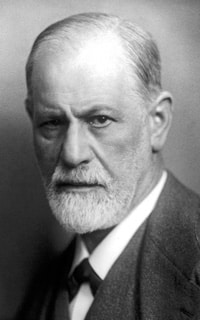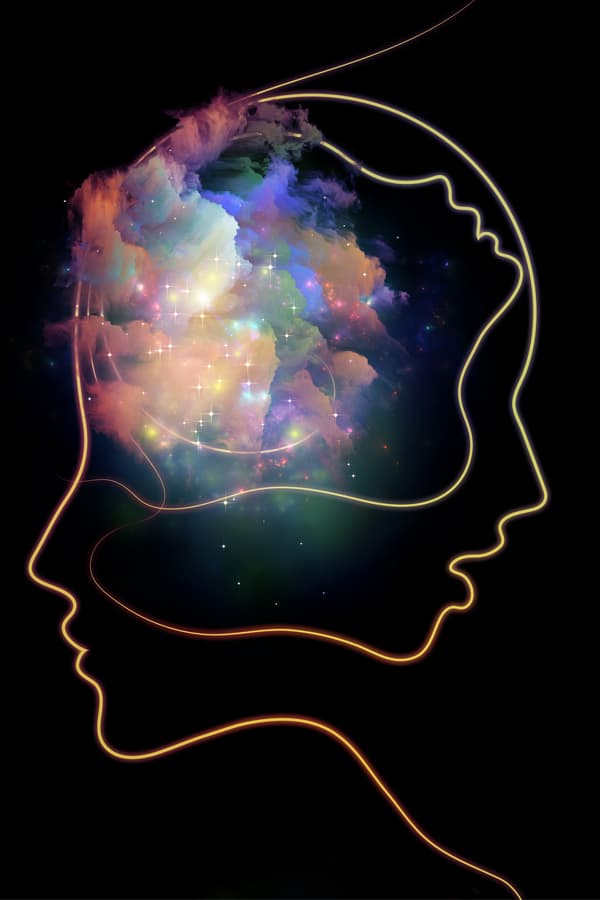Id, Ego and Superego
The id, ego and superego are ‘the Freudian tripartite structure of the personality’ (Feltham and Dryden, 1993: 87).
Feltham and Dryden describe the three parts as follows:
- id: ‘the deepest part of the unconscious, a well of libidinous, chaotic, amoral, uncivilised energy’ (1993: 87)
- ego: ‘the conscious and reasoning aspect of the mind’ (1993: 57)
- superego: ‘that part … concerned with self-criticism, self-observation and idealism’ (1993: 186).

Origins of the Term
This theory of personality was developed by Sigmund Freud (1856–1939), who founded psychoanalytic (also known as ‘psychodynamic’) therapy.
Freud believed that mental activity took place at three levels of consciousness (Sanders, 2002: 20):
- unconscious (‘beyond our awareness and inaccessible’)
- pre-conscious (‘activities which … although unconscious can be drawn into awareness through memory’, e.g. phone numbers), and
- conscious (‘full awareness’)
Sanders et al. (2009: 271–272) note:
"Modern psychotherapy seems to spring from Freud’s work, either directly or because his work made possible the discussion and study of the mind and behaviour, because it made people think that behaviour could be linked logically to theorised states of mind."
Id
The id is the only component of personality that is present from birth. It is completely unconscious, comprising instinctive and primitive behaviours.
Freud believed that the id was the main component of personality.
Driven by the pleasure principle, the id – if we gave it free rein – could lead to behaviour that would be seen as socially unacceptable and disruptive.
The id is important in young children because it allows them to make sure their needs (e.g. to eat/drink) are met.
Ego
Freud asserted that the ego mediates the demands of the id and the superego, finding a middle road that is realistic within society.
The ego operates at all three levels of consciousness. It develops during the first three years of life.
Superego
This aspect of the personality is the last to develop, emerging when the child is around five years of age; it holds the standards and ideals that we take on from our caregivers.
It tries to suppress the id’s urges and to make the ego act in an idealistic – as opposed to realistic – way.
The superego also operates at all three levels of consciousness.
Free Handout Download
Psychoanalytical Theory - Essential Assignment Quotes for Students
Bringing the Three Parts Together
Freud believed that the healthy personality was balanced between its three component parts, with no one element overpowering the others.
Seligman (2006: 50) notes:
"Freud’s concept of the id (the biological component), the ego (the psychological component) and the superego (the social component) is simply a sort of map designed to clarify the nature of the personality."
She goes on to comment that ‘in reality, they operate together as the internal forces that form our personalities’.

The id, ego and superego: the ‘Freudian tripartite structure of the personality’
How Therapy Can Help
Various techniques in psychoanalysis support the exploration of these parts of the personality and the relationships between them.
Examples are free association (‘asking the client to express, uncensored, all thoughts, feelings and images which enter his stream of consciousness’ – Feltham and Dryden, 1993: 70) and dream analysis.
Arlow (2005: 21) writes:
"The idea that dreams could be understood occurred to Freud when he observed how regularly they appeared in the associations of his neurotic patients. Dreams and symptoms … had a similar structure. Both were end products of a compromise between two sets of conflicting forces in the mind – between unconscious childhood sexual wishes seeking discharge [id] and the repressive activity of the rest of the mind [ego and superego]."
Psychoanalysis aims to increase the client’s self-awareness and understanding of the influence of the past on present behaviour.
Transactional analysis (TA) has been developed from this approach, and there are parallels between the id/ego/superego of psychoanalysis and the parent/adult/child ego states of TA.
References
Arlow J (2005) in Corsini R and Wedding D (Eds) Current Psychotherapies, Thomson Learning
Feltham C and Dryden W (1993) Dictionary of Counselling, Whurr Publishers
Sanders P (2002) First Steps in Counselling: A students’ companion for basic introductory courses, PCCS Books
Sanders P (2009) Next Steps in Counselling Practice: A students’ companion for degrees, HE diplomas and vocational courses, PCCS Books
Seligman L (2006) Theories of Counseling and Psychotherapy: Systems, Strategies, and Skills, Pearson Prentice Hall
Free Handout Download
Psychoanalytical Theory - Essential Assignment Quotes for Students